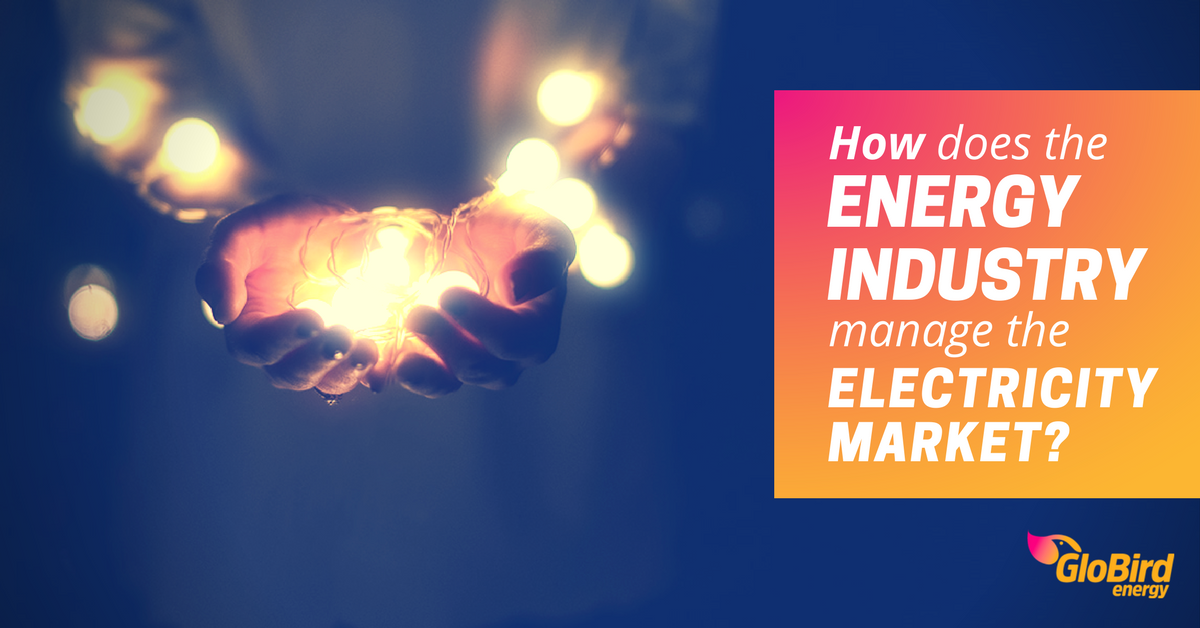In last week’s first instalment of this three-part series Breaking down the cost of electricity we looked at what you’re being charged for.
If you haven’t read it yet, we explained how your electricity bill is made up of three key components:
- wholesale and retail prices, based on supply and demand;
- the cost of poles and wires; and
- the cost of environmental policies.
In this post, we’re going to go into more detail about the wholesale cost of supplying electricity.
It’s a volatile market
All day every day the wholesale price of electricity reflects the real-time cost for supplying it, and demand is the main contributor to that cost.
The variations in price can be quite substantial.
To manage price volatility, retailers and generators can buy and sell electricity on the Futures Market, like many other commodities, from gold to orange juice.
A futures contract is a standard agreement to buy a certain number or amount of something at an agreed price. The futures price is determined by the spot price of the asset, with adjustments for time and costs until settlement of the contract.
Who runs things?
The Australian Energy Market Operator (AEMO) is responsible for the security of the system and operating the wholesale spot market.
As Australia’s independent energy markets and power systems operator, AEMO provides critical planning, forecasting and power systems information, security advice, and services to its stakeholders.
It operates the National Electricity Market (NEM), the interconnected power system in Australia’s eastern states that we often refer to as ‘the grid’.
The NEM is one of the world’s largest interconnected power systems, stretching from Port Douglas in Queensland all the way down to Tasmania and across to South Australia, and supplying approximately nine million customers.
There are over 100 registered participants in the NEM, including market generators, transmission network service providers, distribution network service providers, and market customers.
By the way, it costs a bit to run AEMO. Its draft budget for the 2017-18 financial year is $180.7 million.
How does AEMO determine the price of electricity?
Generally speaking when it comes to the grid, electricity can’t be stored, AEMO is constantly trying to match the supply of electricity into the grid with the demand by customers – households and businesses.
When power is needed, every electricity generator puts in their bids to AEMO. Each generator wants the business so it’s in their interests to say “we can make it cheaper”.
The NEM is designed to meet electricity demand in the most cost-efficient way, so the cheapest generator is put into operation first.
Spare generating capacity is always kept in reserve in case it’s needed.
A “dispatch price” is determined every five minutes, and six dispatch prices are averaged every half hour to determine the “spot price” for each NEM region.
AEMO uses the spot price as its basis for settling the financial transactions for all electricity traded in the NEM.
AEMO can also charge a generator for putting power into the grid, because too much power going in and not being taken out would be a major problem.
Why is the Futures Market needed?
Neither the generator nor the retailer wants to be exposed to the volatility of the market all year.
They also know that it would be impossible to bill customers wildly different amounts to cover massive fluctuations in price. They need stability so they can sell at a fixed price and cover all the costs.
So, they enter into hedging contracts that set an agreed price for a certain amount of electricity at a certain time for a certain period.
The price they agree to is linked to how volatile the futures market is and one of the factors in that is how reliable and reasonably-priced future supply is likely to be.
That means that the closure of the Hazelwood Power Station, for example, has an effect on the price.
Which is a story for another day … or next week.
We hope that these blog posts are helping make things clearer, but if you have any specific questions please let us know.
